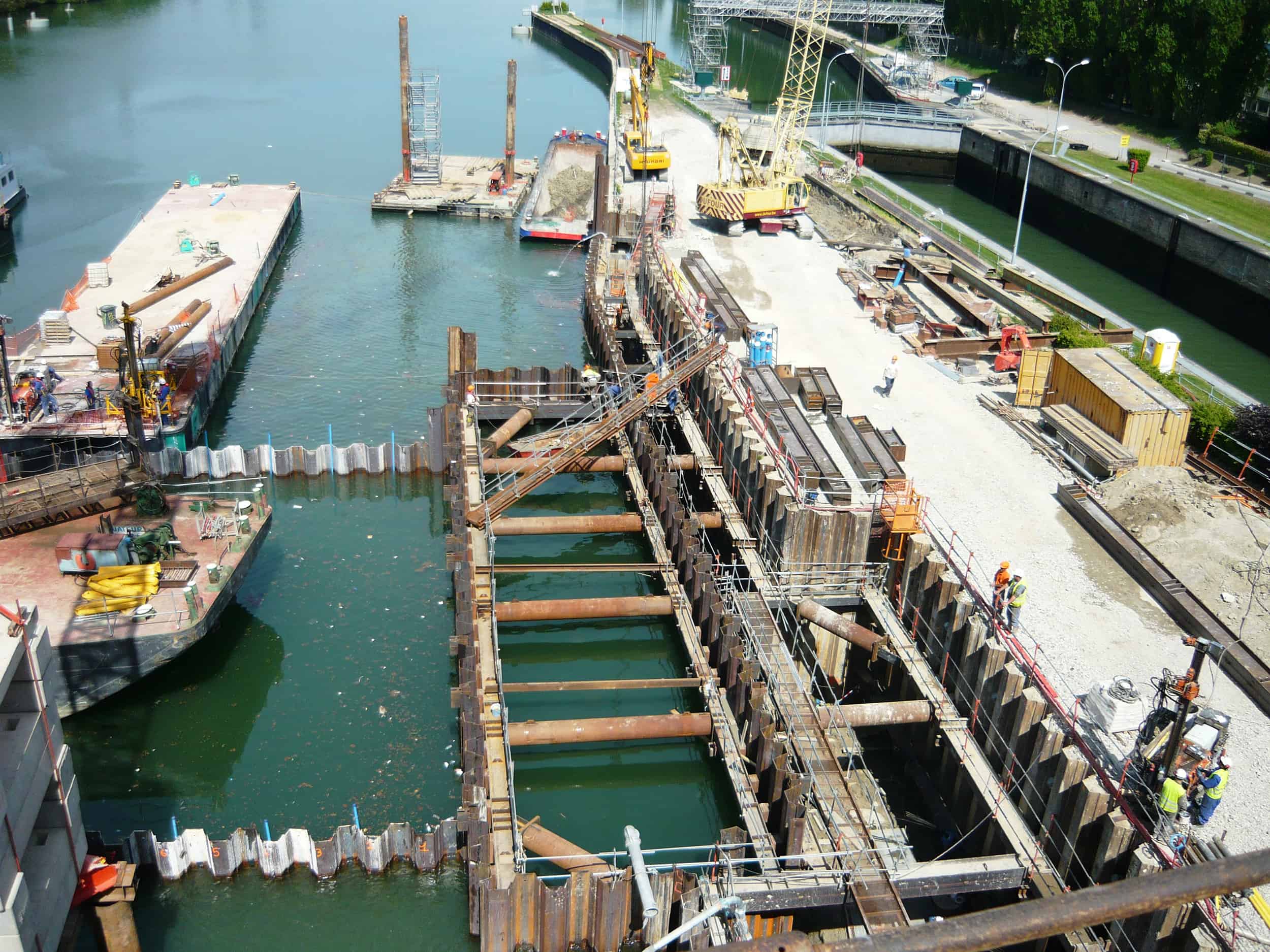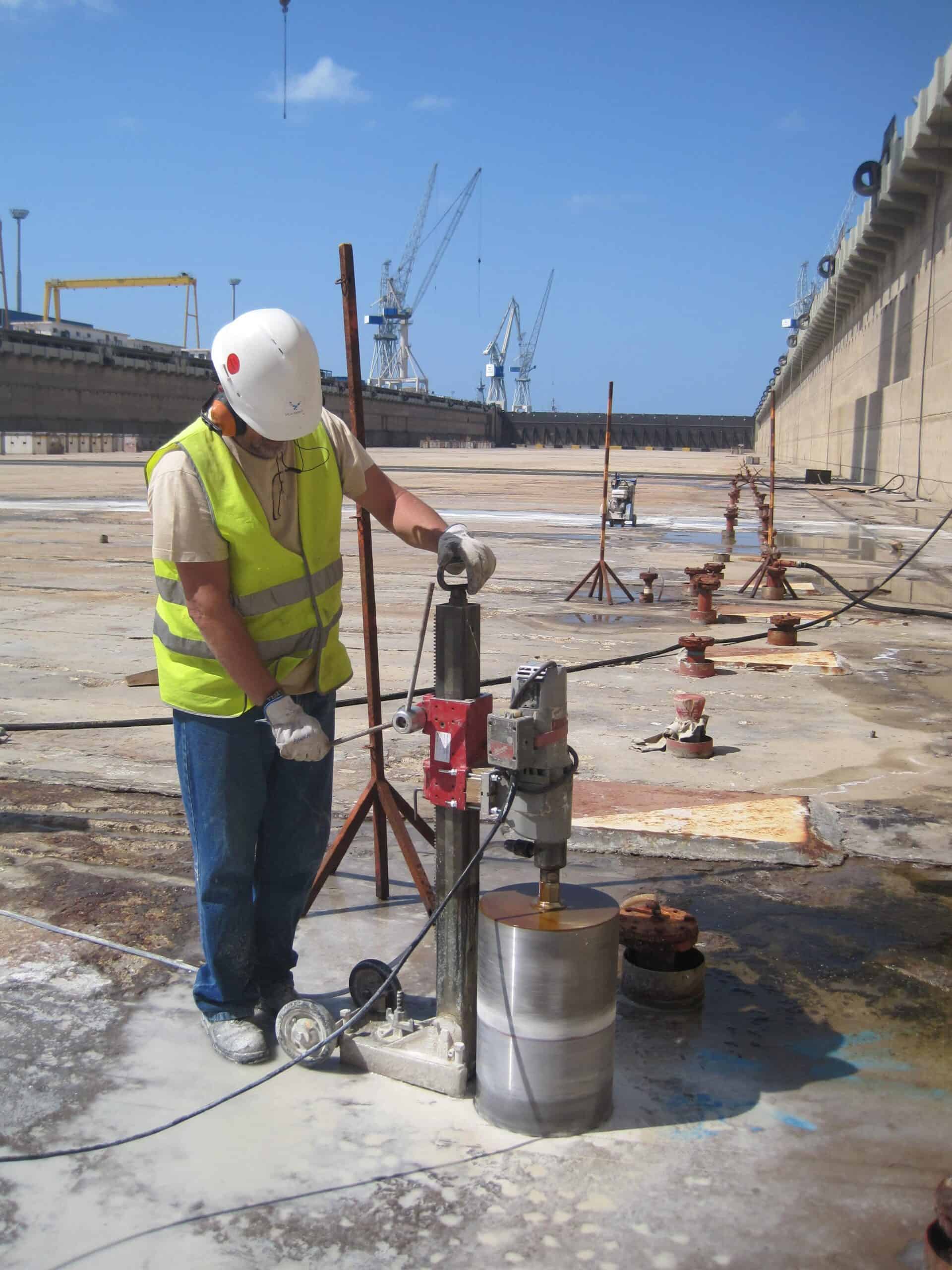Hydrological sensors are used to monitor water quality and water levels in a broad range of situations, including rainwater, surface water, groundwater, rivers and reservoirs.
They are used for many purposes:
- Environmental monitoring of rivers, aquifers, reservoirs and watersheds
- Monitoring of hydraulic infrastructures (dams, water treatment plants, etc.)
- In the context of subsurface contracting beneath the water table, lowering of water tables and wells
- Soil remediation
They are often combined with meteorological and geotechnical sensors.
Monitoring water quality and levels
The ability to monitor the water cycle is a major challenge for effective water resource management and flood prevention.
Correct operation of all hydraulic infrastructures – especially dams – requires detailed knowledge of river and reservoir water levels and quality.
Subsurface contracting often involves working below the water table. The ability to correctly dimension engineered structures requires detailed prior knowledge of water levels and water table operation. When work is in progress, and especially where that work involves lowering the water table, it is essential to monitor groundwater levels and quality continuously. This type of monitoring is usually carried out in parallel with monitoring the ground movements generated by the process.
The installation of hydrological sensors is also essential for polluted worksites requiring soil remediation.
Sensor types
The surface water levels of rivers and reservoirs are measured using limnimeters (water level measurement) and flow meters (flow measurement).
The rain gauges used to measure rainfall levels are usually installed as part of complete weather stations.
To monitor soil water content, piezometers (for water level measurement) and interstitial pressure cells (for water pressure measurement) are installed at the required monitoring depths.
Water quality is monitored using:
- Turbidity sensors
- Conductivity and temperature sensors
- pH sensors
- Dissolved oxygen sensors
- Oxidation-Reduction potential electrodes

